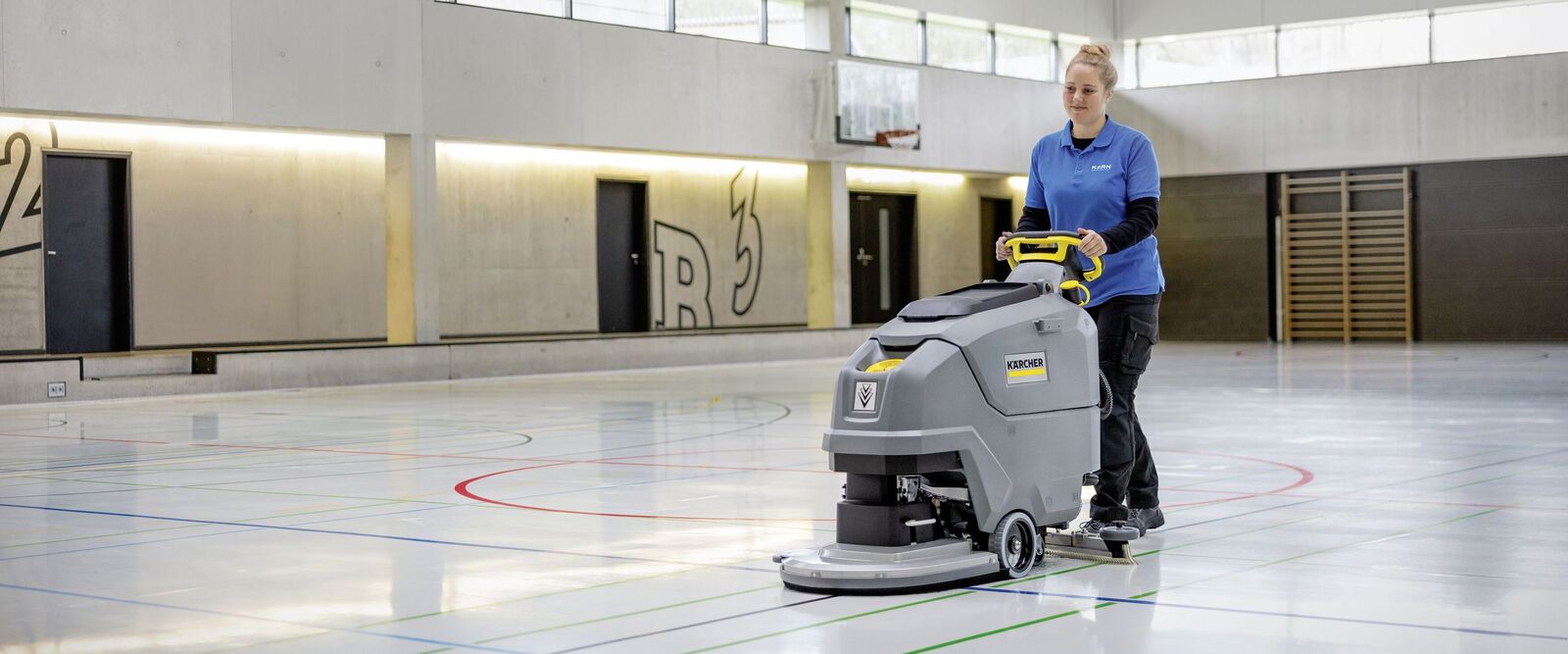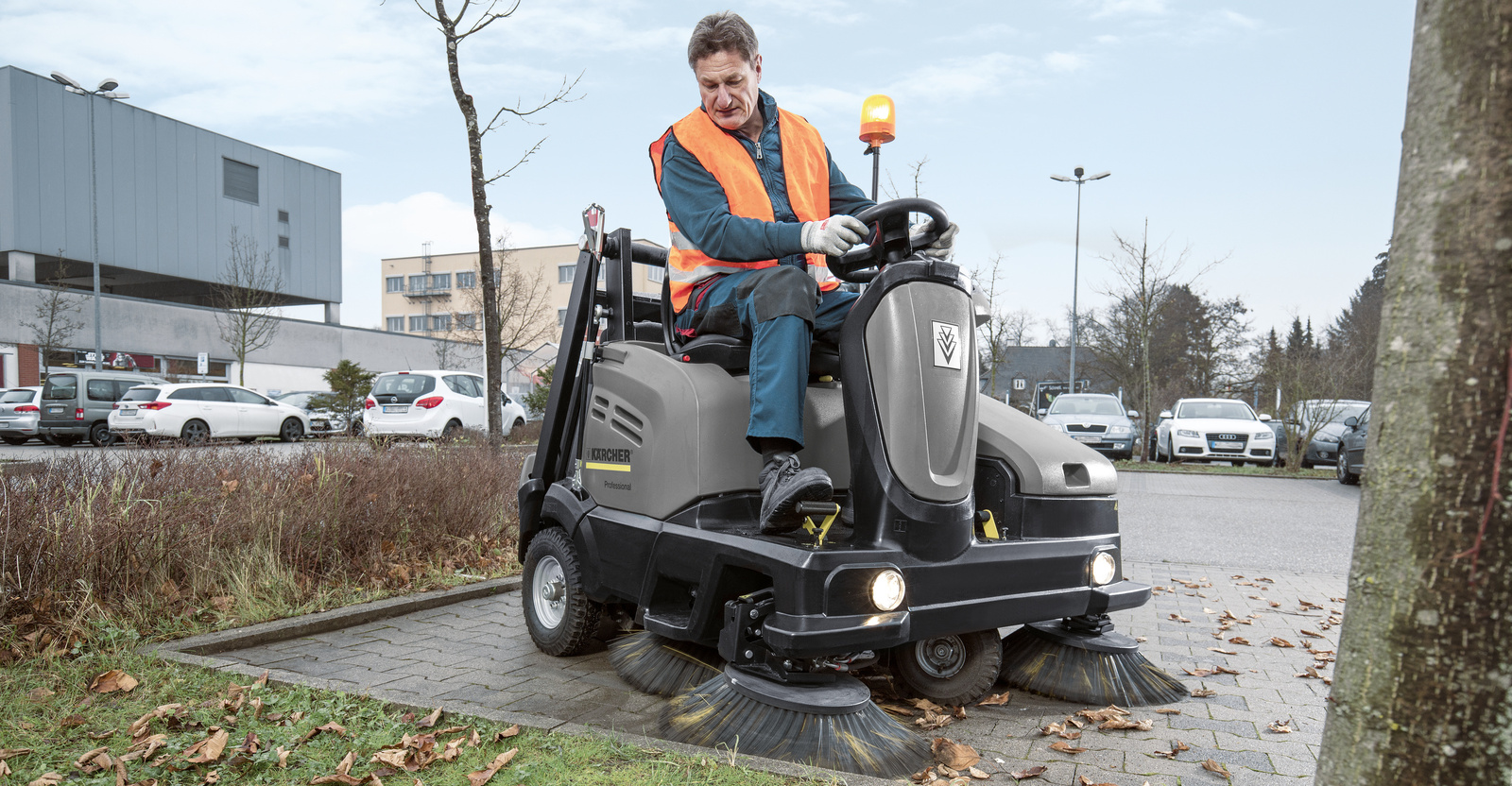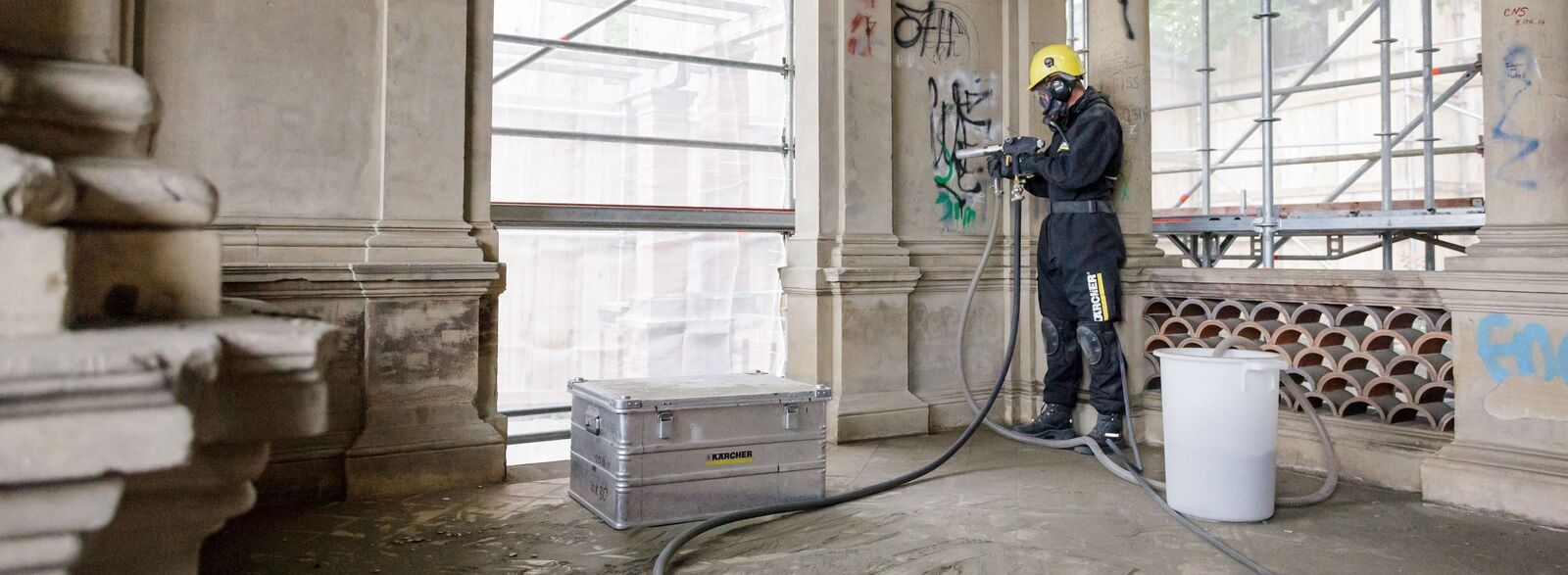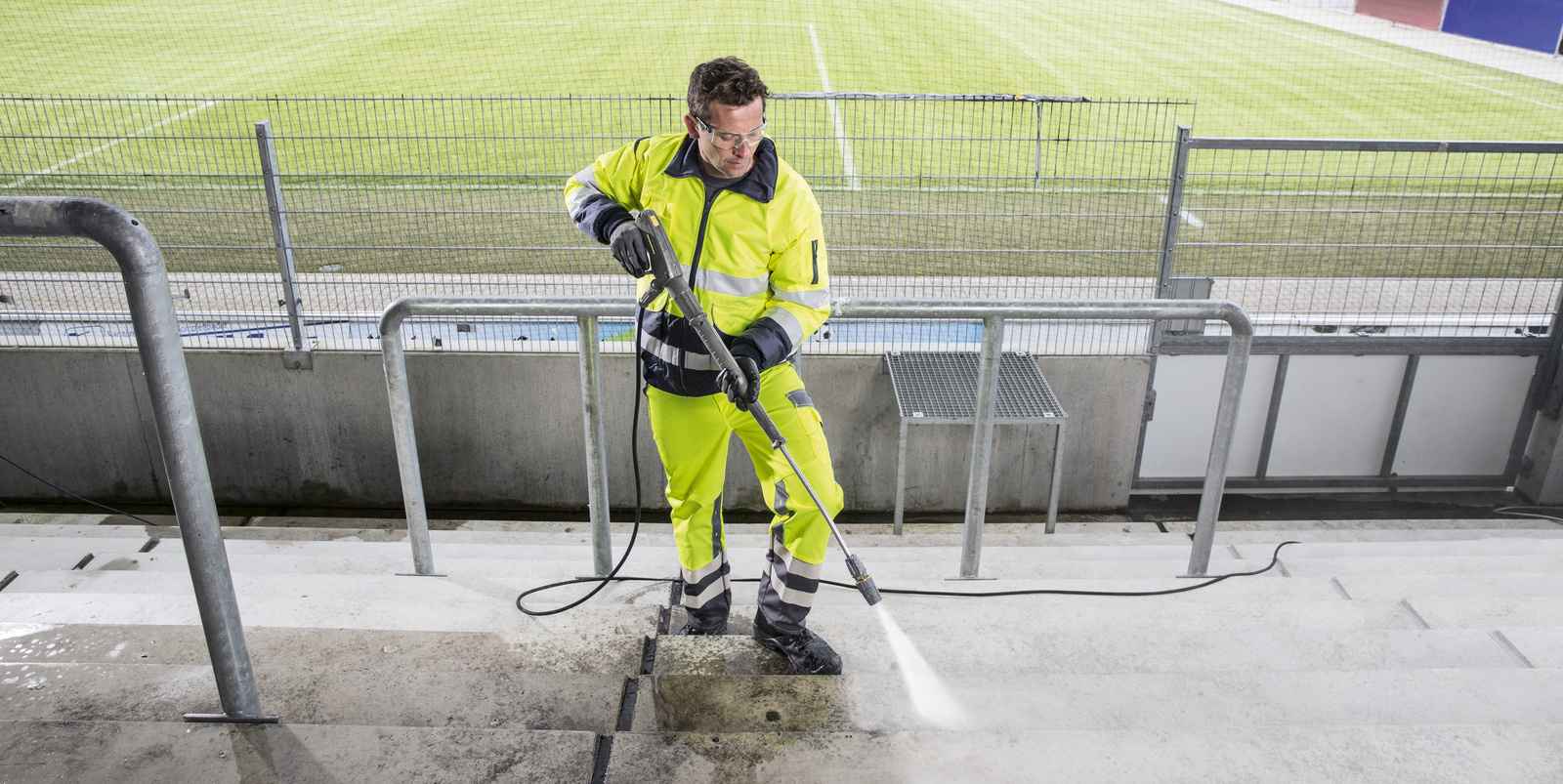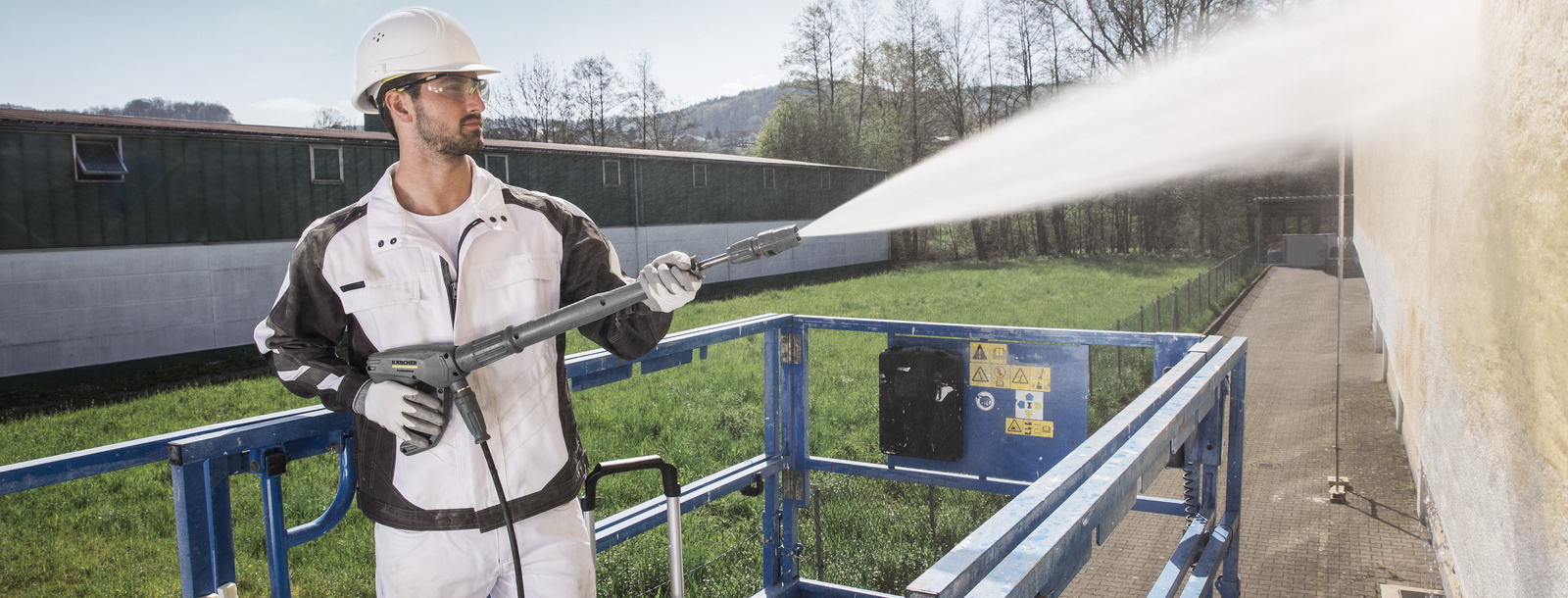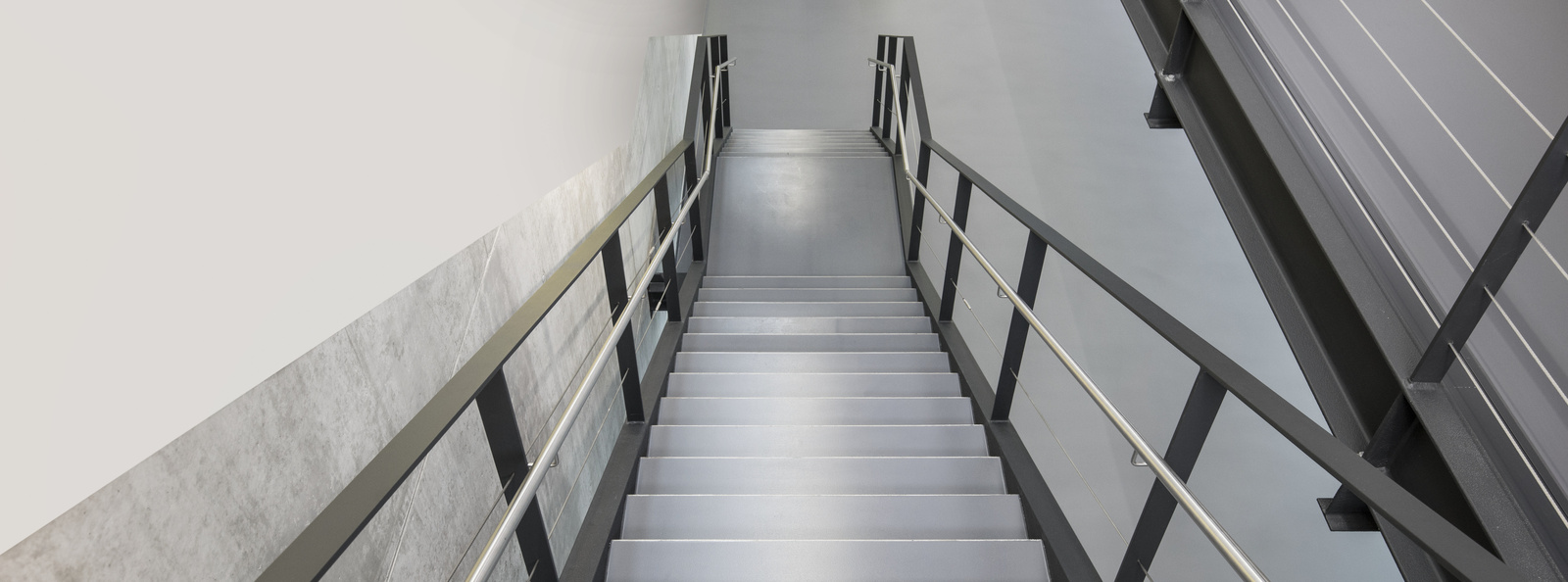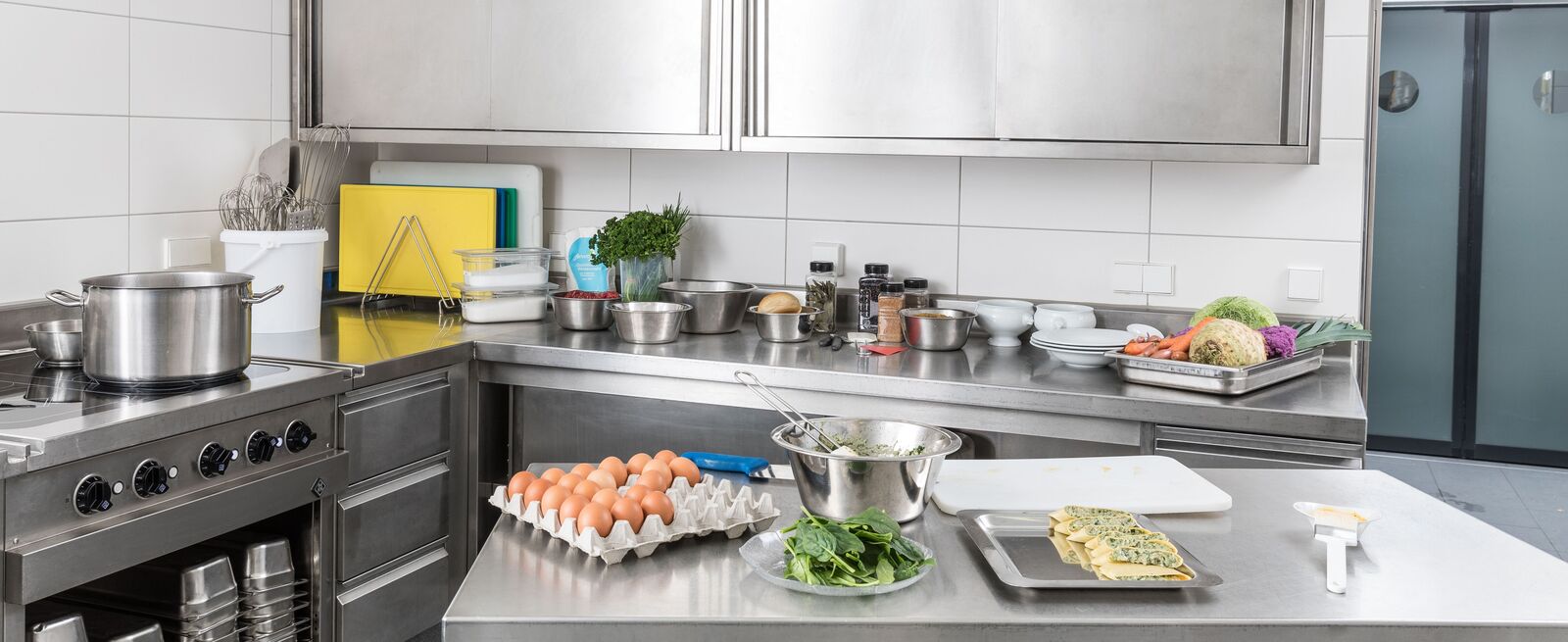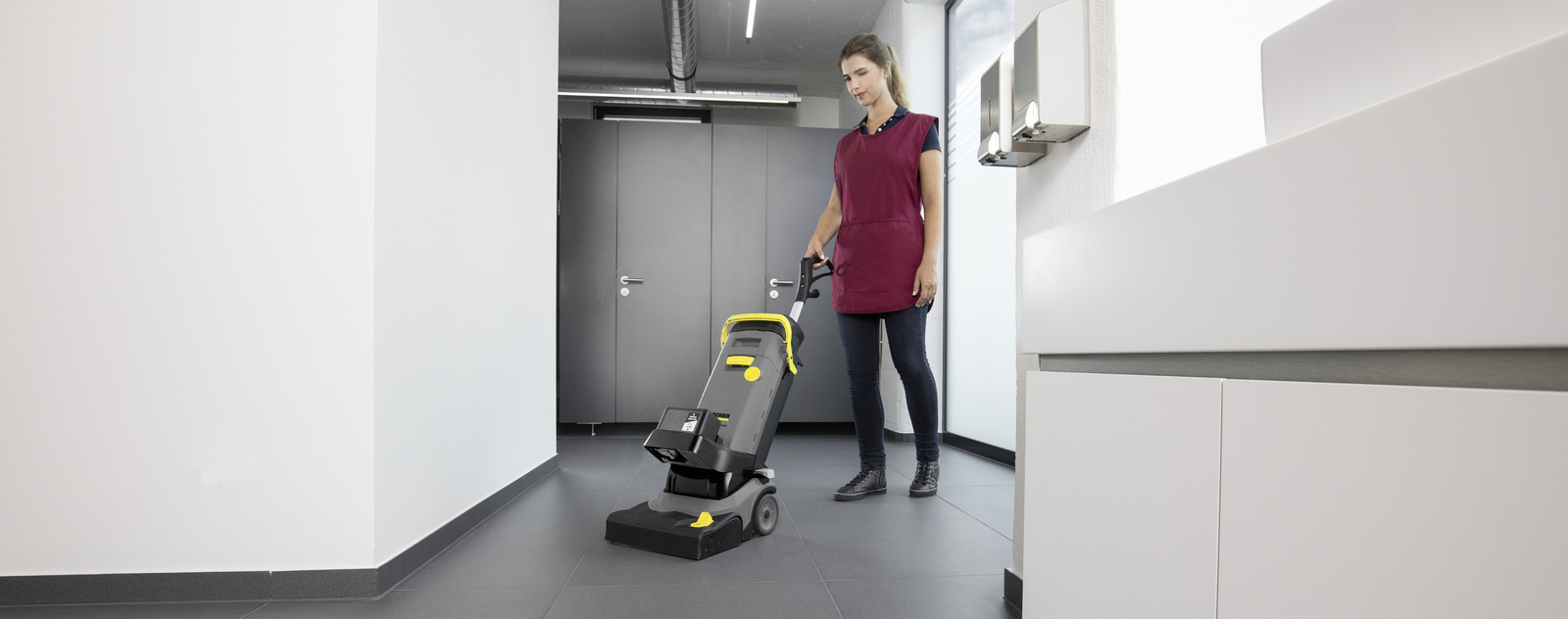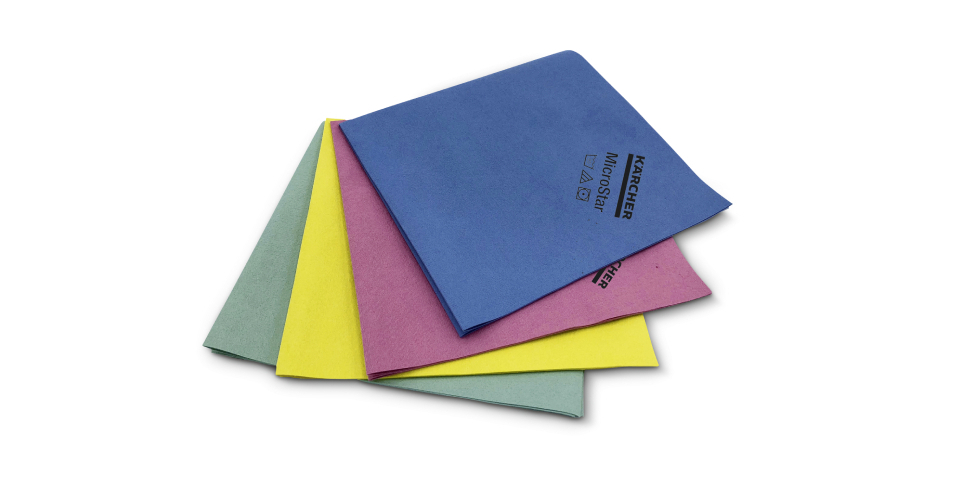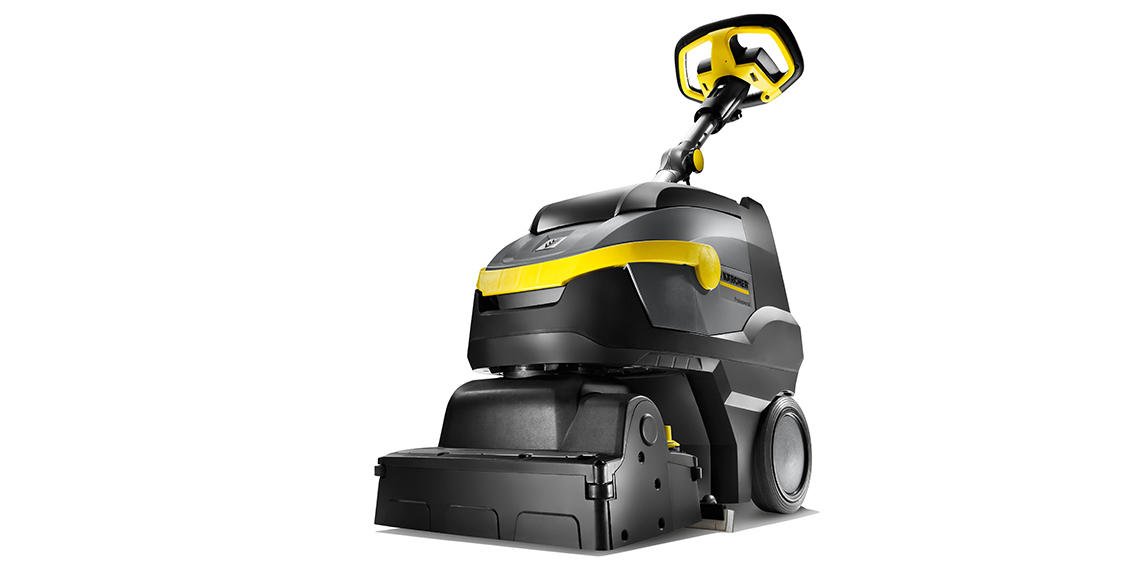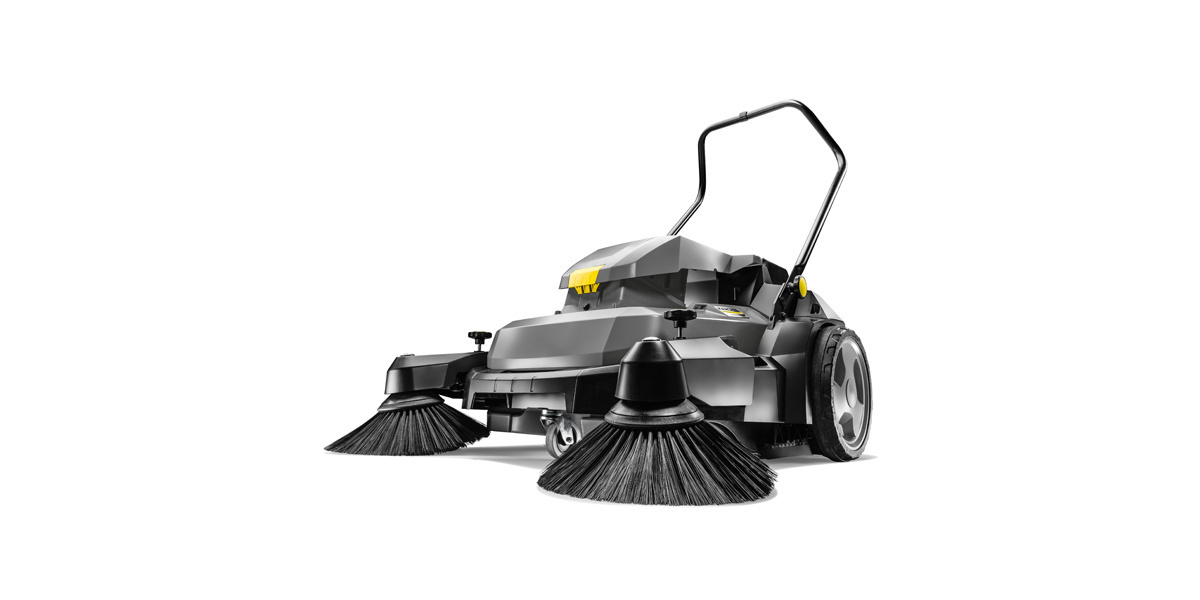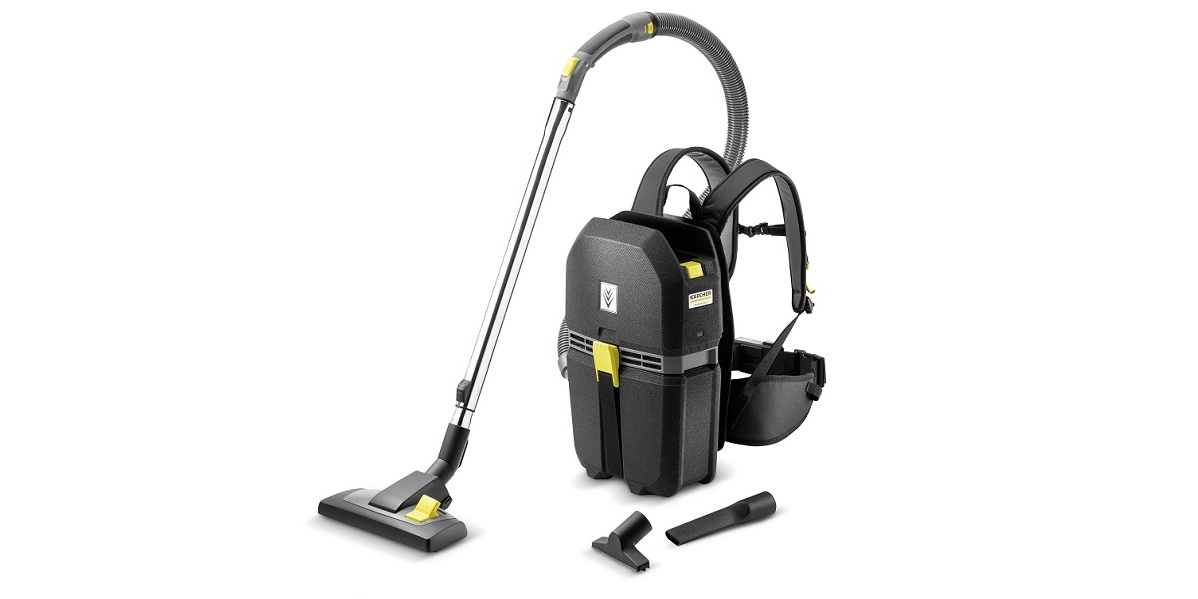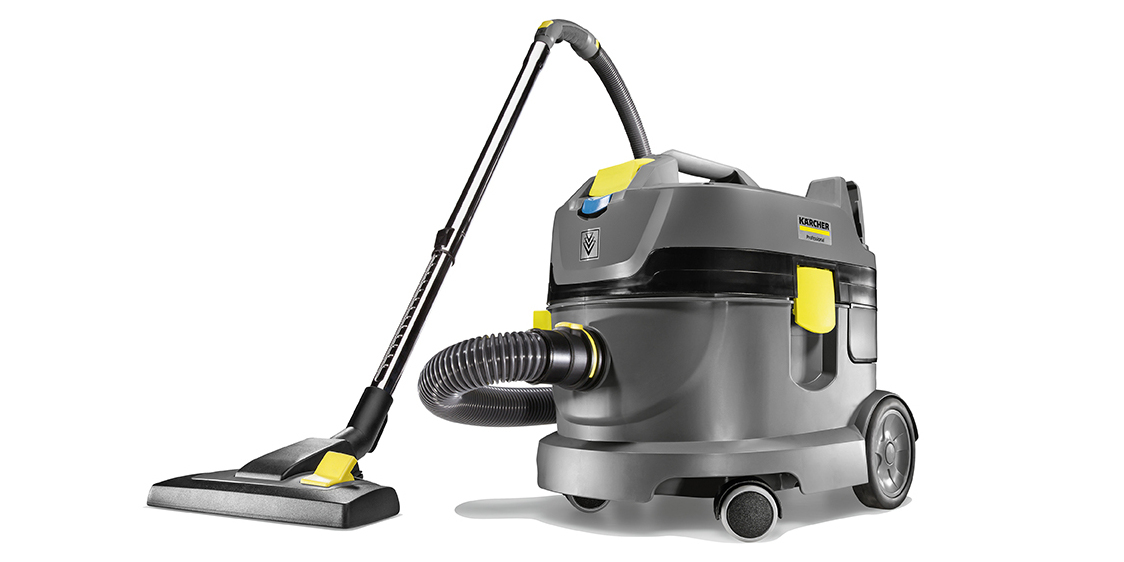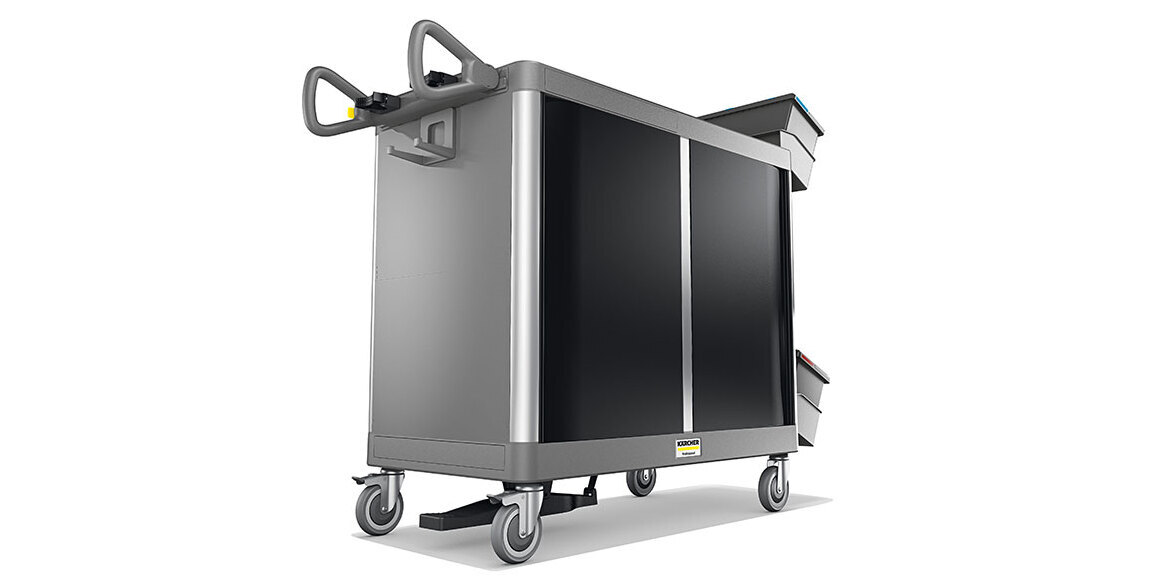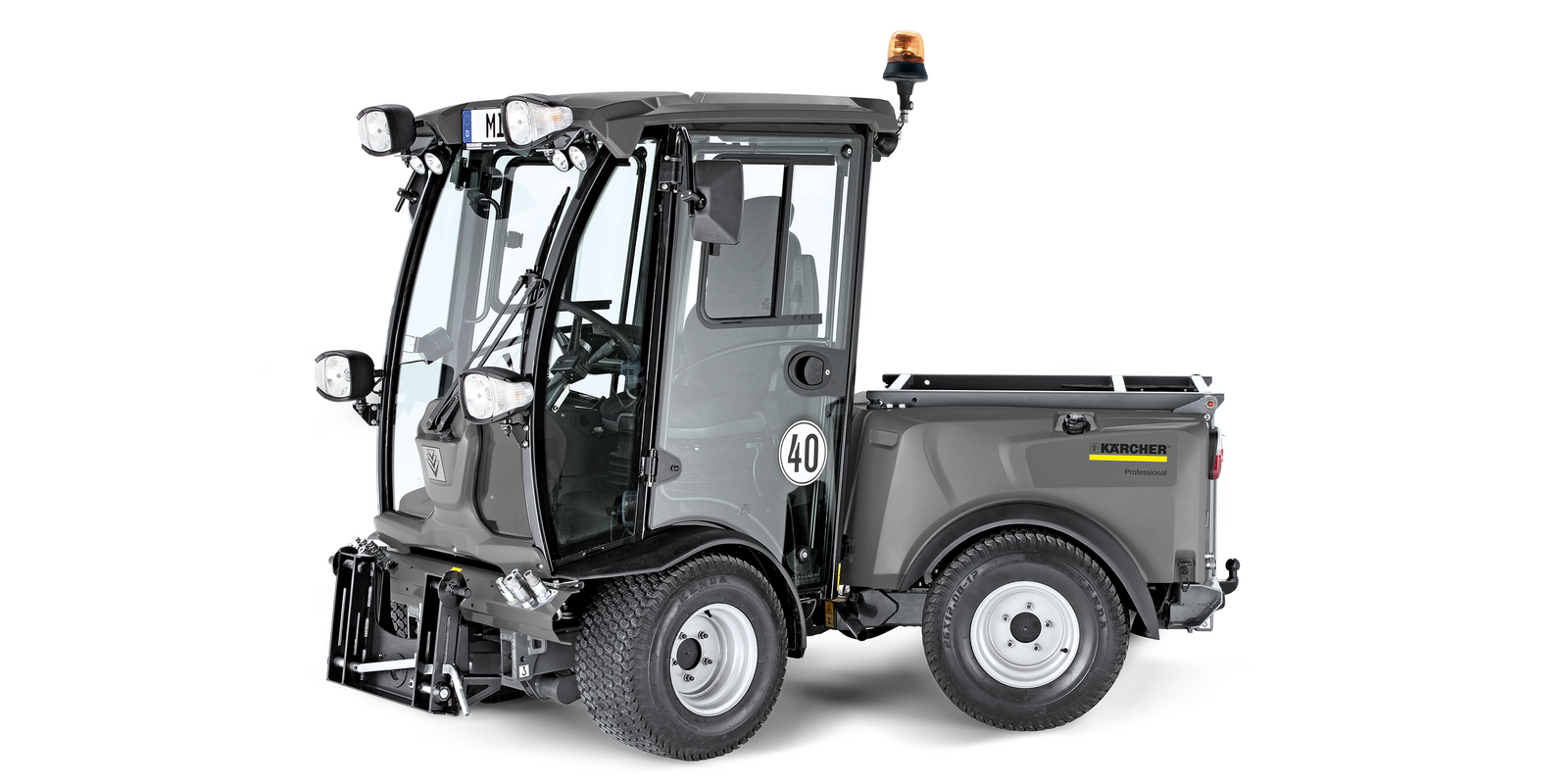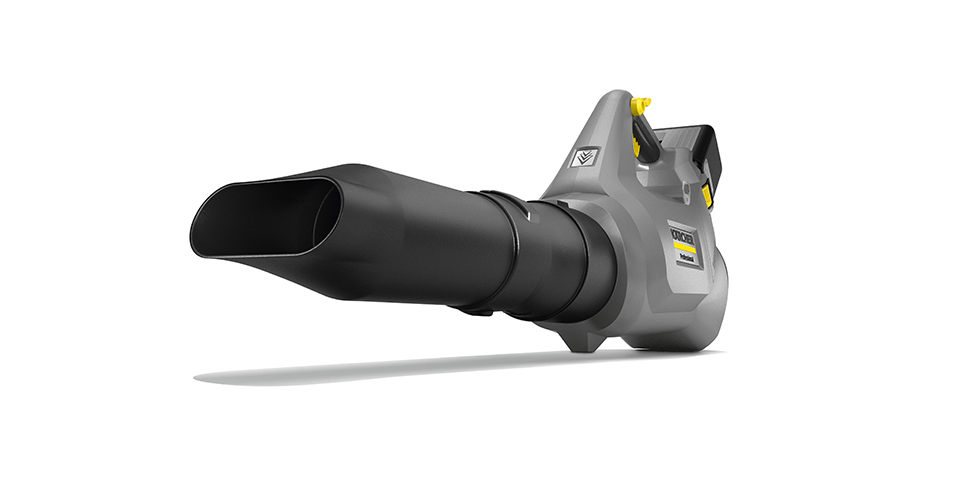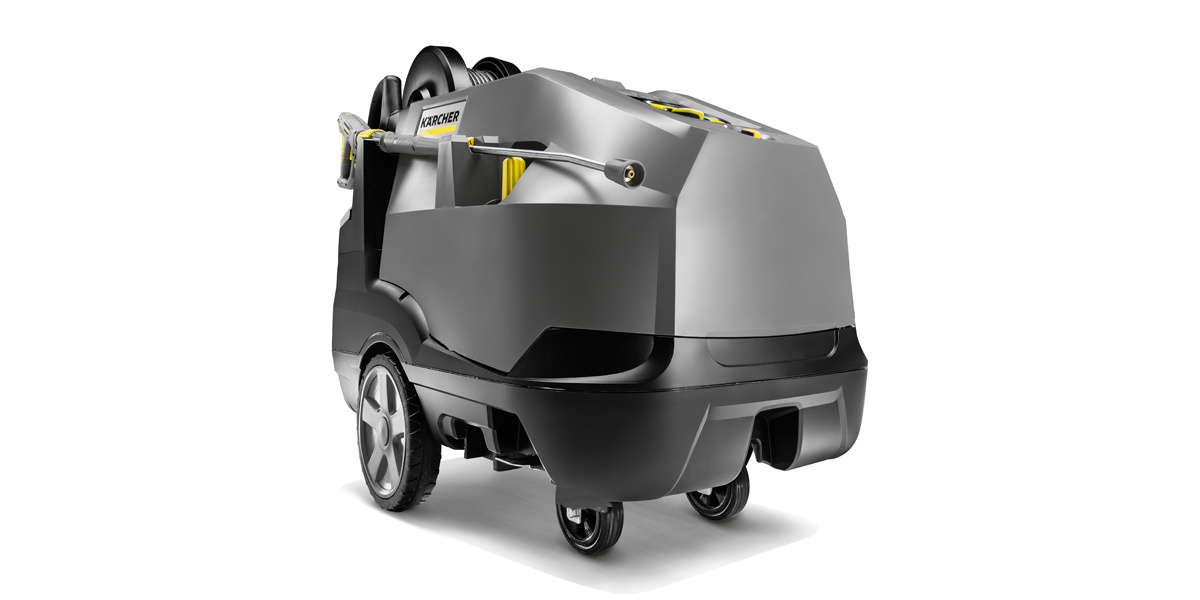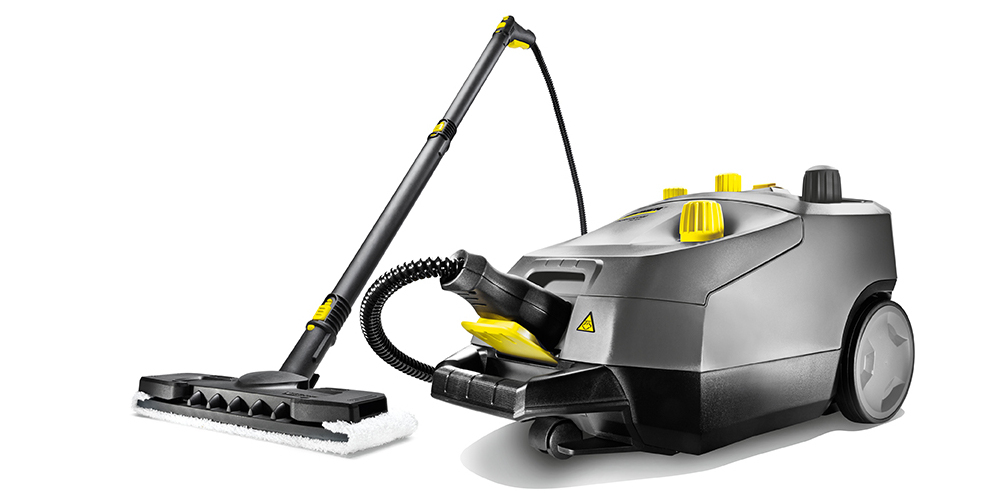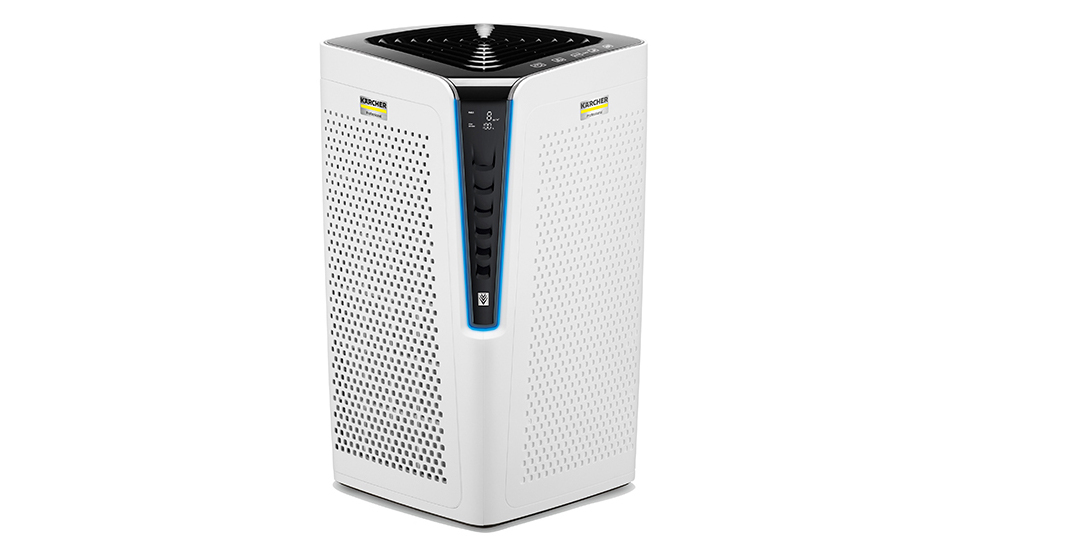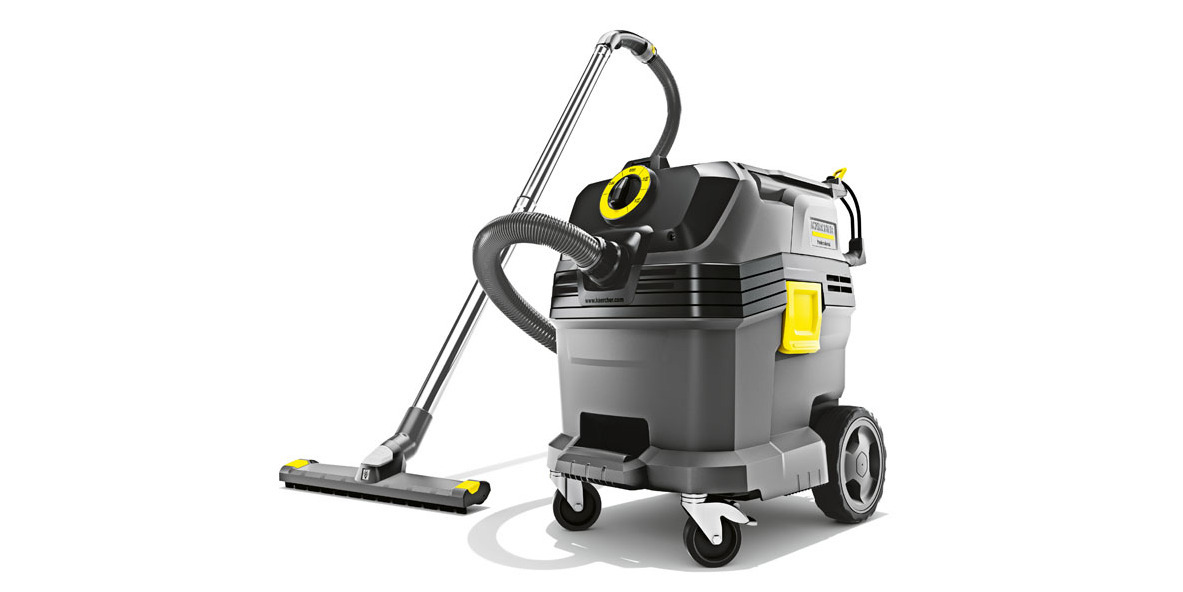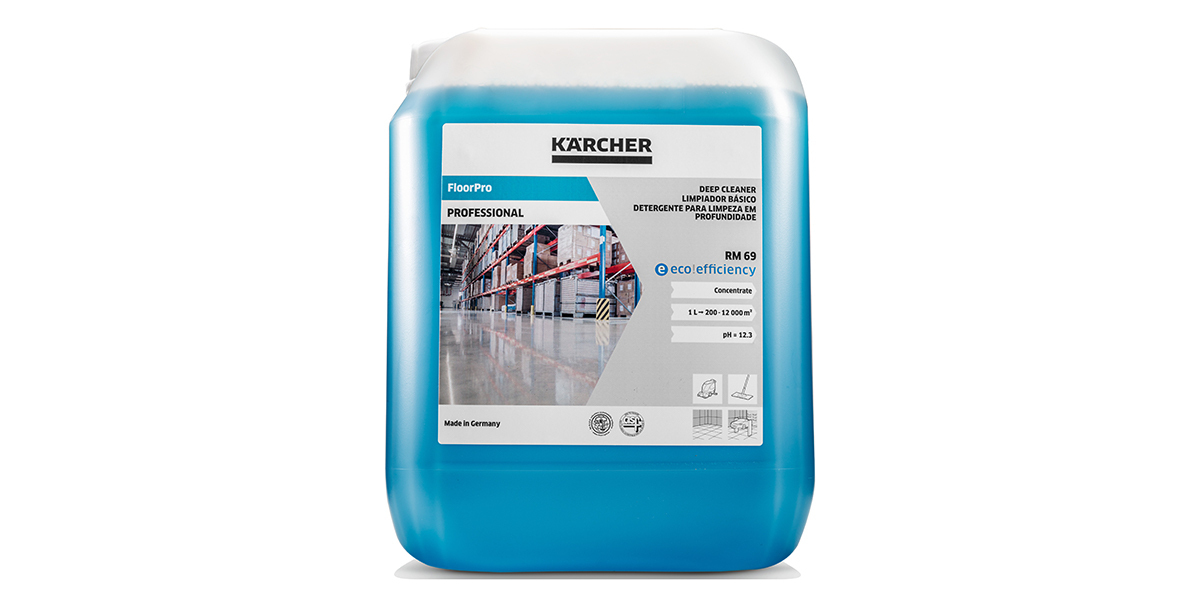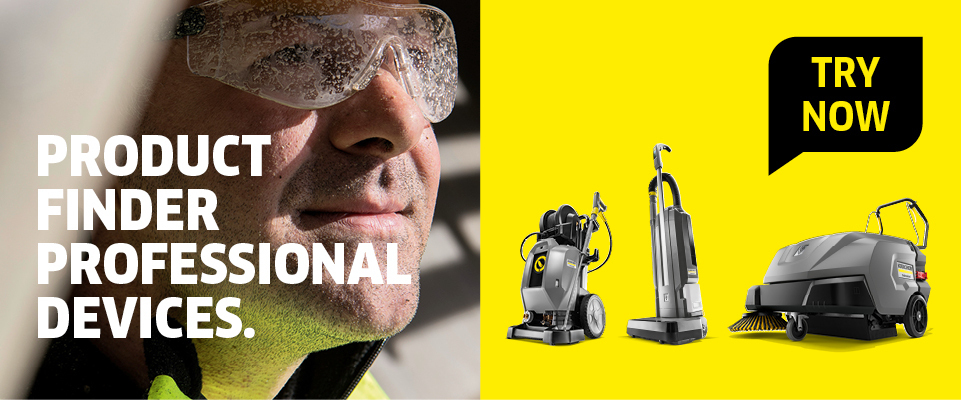Cleaning schools and day nurseries
When it comes to cleaning schools and day nurseries, the task is anything but child's play: challenges include clearing up after lots of (small) people in confined spaces, as well as countless different areas and cleaning tasks to tackle. A clever cleaning concept, suitable methods and the right technology are needed to ensure that the setting is kept pleasantly clean and free of pathogens. This way, value preservation and environmentally friendly processes can be easily implemented, even in the event of staff shortages.
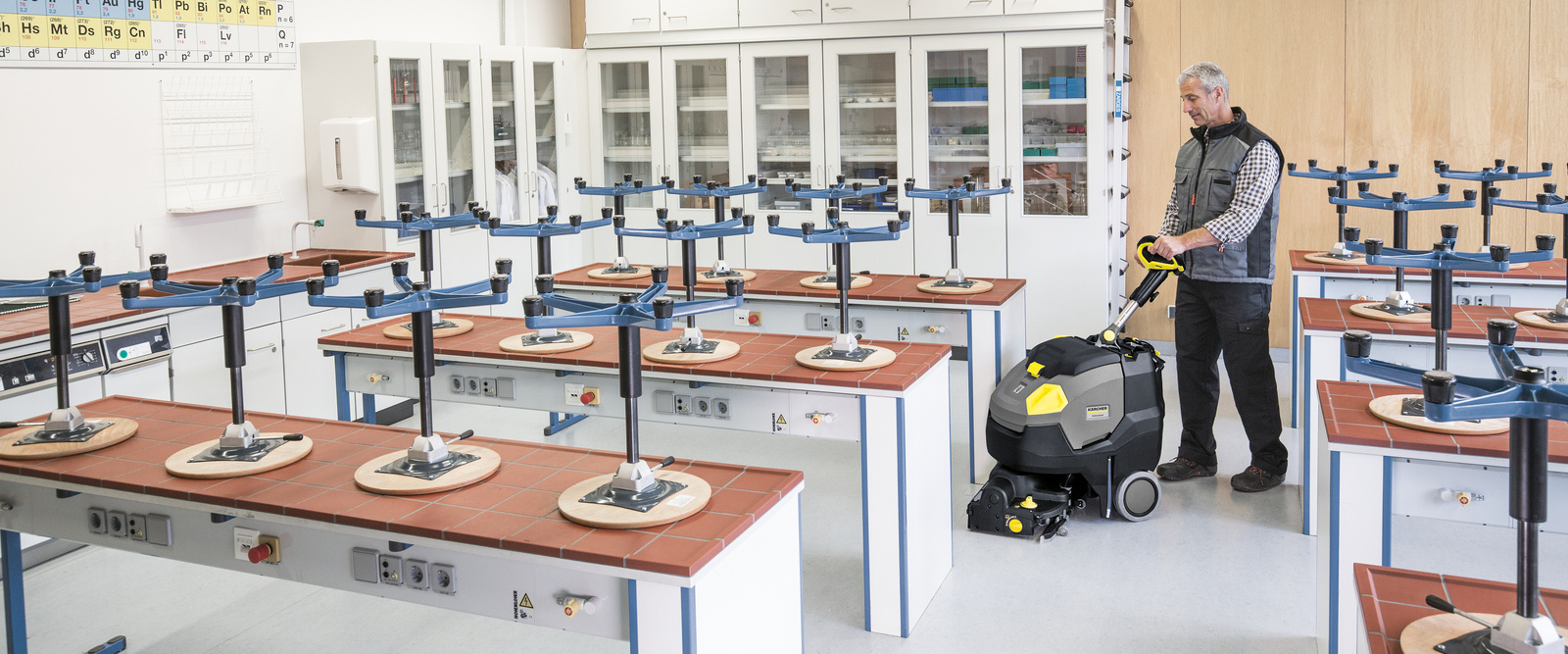
Cleaning concept for schools and day nurseries
Good planning is half the battle won. A solid cleaning concept forms the basis for mastering the wide range of cleaning tasks in the most time-saving, efficient and environmentally friendly way possible, even in the event of staff shortages.



Clever concept (1): set priorities
Everyday life in schools and nurseries is hectic, with lots of people crossing paths every day. Some surfaces in these settings come into frequent direct contact with skin, including toilet flush buttons, door handles and light switches. There are also many cleaning tasks that need to be undertaken daily, from outside spaces to stairs and from kitchens to toilet facilities. In order to ensure cleanliness and hygiene in all areas as efficiently as possible, it is important that tasks are prioritised. The basic principle is that hygiene-related work should be prioritised over cleaning measures that are purely for appearance's sake, such as dusting cupboards.
Clever concept (2): Save time, protect the environment
The right cleaning methods can effectively reduce the volume of germs for hygienic results. In normal day-to-day operations, disinfectant cleaning is therefore only necessary at critical points, i.e. frequently touched surfaces. This saves the cleaning staff valuable time, which can reduce the strain caused by staff shortages and capacity bottlenecks. At the same time, fewer disinfectants are used – a first step towards greater sustainability.
Clever concept (3): train staff, build confidence
Once the cleaning concept with all its corresponding priorities and processes has been fully fleshed out, the cleaning staff will then need be trained. To support this, the individual work steps for each room can be displayed in a clearly visible location. Work guidelines of this kind provide clarity for the cleaning staff as to which work steps are to be carried out in which order. This ensures that staff can perform their tasks with confidence and establishes trust among teachers, carers and pupils alike.
Clever concept (4): quality management
A quality management system is necessary to monitor the effectiveness of the hygiene concept – and is also very easy to implement in small day nurseries. One simple measure is to maintain a cleaning log, which records which work was completed when and which tasks could not be performed. It can also be used to demonstrate whether the objective of cleaning was achieved. If it emerges that surfaces cannot be thoroughly or adequately cleaned due to time constraints, the hygiene concept should be optimised or the measures should be better prioritised.
Tip 1 – Clear work guidelines:
The work guidelines that are displayed should be as visual, clear and language-neutral as possible, in order to overcome any language barriers and avoid any ambiguities.
Tip 2 – Keep an eye on hygiene standards:
An ATP rapid test kit can be used to determine whether a given surface meets the required hygiene standard. The test measures the amount of adenosine triphosphate (ATP) left behind by humans, animals and other living things.
Cleaning measures for schools and day nurseries
Cleaning measures differ according to the room and should be tailored to the respective areas. Nevertheless, there are certain aspects that need to be considered everywhere. Using the right methods will ensure efficiency, safety and environmental protection.
Efficient processes (1): pretreatment/spraying method, dust-binding cloths
The pretreatment or spraying method is recommended for manual surface cleaning and for spot cleaning of marks, such as fingerprints, on glass surfaces. For this, cloths that have been folded over twice and presoaked with the right amount of detergent are used. Alternatively, cleaning staff can apply a cleaning solution from a foam dispenser. The first surface is cleaned with a fresh side of the cloth; the cleaner then unfolds a new section of the cloth to clean the next surface, and continues in this manner until all sides of the cloth have been used. It is then replaced with a fresh cloth. This procedure is not only practical, time-saving and efficient, but also helps to prevent the spread of germs. Another option for surface cleaning is to use dust-binding cloths. With these, dust can be removed from surfaces without the use of water or cleaning chemicals.
Tip 1 – Hygiene for toys:
Toys should be cleaned periodically with warm water mixed with washing-up liquid and then rinsed with clear water.
Tip 2 – Basic rules for cleaning:
In general, conventional cleaning practices should be followed – i.e. work from top to bottom, from dry to wet and from clean to dirty.
Tip 3 – Effective dust binding:
Dust-binding cloths are suitable for wiping and collecting dust from smooth floor coverings.
Efficient processes (2): cleaning floors
A good choice for the day-to-day dry cleaning of floors are dry vacuum cleaners that have a HEPA filter and can therefore pick up and retain microorganisms. To remove loose dirt, cleaning staff can also wipe and collect dust from hard floors manually – depending on the size of the room and the extent of the soiling.


For weekly wet cleaning, it's important to use the right method. To prevent the spread of germs, it is best to avoid using a mop and bucket. Microfibre mop covers that have been pre-impregnated with detergent are a safer alternative. One mop should be used per room.

Tip 1 – Sustainable reusable textiles:
Reusable textiles are a particularly sustainable option for floor cleaning: once the cleaning task is complete, the textiles can be chemothermally or thermally treated in a washing process. If this is not possible, disposable textiles can be used as a safe alternative.
Tip 2 – Advantages of scrubber dryers:
Large areas, such as sports halls, canteens and long corridors, can be efficiently cleaned using scrubber dryers. In addition, these machines are very convenient for users to work with. Their key advantage is that they vacuum up the dirty water in its entirety, making them particularly hygienic.
Cleaning floor coverings
Whether carpeting in a hotel corridor, cement screed in a production hall or wooden flooring in a school building, there are countless floor coverings that are suitable for different loads and ensure safety through properties such as anti-slip design or studs. Cleaning floor coverings is important in some areas to ensure hygiene, while in other areas the focus is on appearance. In any case, well-maintained floor coverings have a longer service life and therefore need to be replaced less frequently. Through regular maintenance cleaning, even the need for labour-intensive deep cleans can be delayed.
Other cleaning tasks in schools and day nurseries
Educational institutions have many areas that require a lot of cleaning. Use of appropriate methods and equipment is essential to ensuring that cleaning targets are achieved efficiently and effectively, particularly in sensitive areas such as kitchens and toilet facilities.
Creating a dirt barrier between outside and entrance areas: keeping clean in all weathers
A clean outside area is not only inviting, but also reduces the amount of dirt entering the building. Push sweepers or ride-on machines are well suited to removing coarser dirt from school or nursery grounds. Battery-powered leaf blowers or leaf vacuums remove leaves from areas such as school playgrounds in a relatively quiet, user-friendly manner. In the event of snowfall, the appropriate clearing solution must be selected depending on the amount of snow and the site. A snow shovel is normally sufficient for manual work. For larger amounts, a snow thrower with the right working width and clearing capacity is up to the task. If very large areas need to be cleared, it may make sense to opt for an implement carrier instead.
Cleaning car parks and outside spaces
Whether dining in a restaurant, shopping in a supermarket, furniture store or shopping centre, or visiting a doctor's surgery or a museum – often the first thing guests do upon arrival is to park their car and make a short walk to the building. There are a number of cleaning methods that can be used to make a positive impression right from the start, to prevent the risk of accidents and to stop dirt being brought in from outside.
Removing graffiti
There are many different ways to remove graffiti. From hot water high-pressure cleaning to various spray processes, choosing the right method depends on various factors, such as the type of paint used for the graffiti, the material of the substrate, as well as local regulations and legal considerations. There are also ways of protecting the substrate, making unwanted graffiti easier to remove and minimising damage to property.
Removing weeds
Countering weeds effectively is a major challenge in municipalities and agriculture. Chemical products are available, but they are often harmful to the environment and can only be used to a limited extent in public spaces. Dandelions, thistles, etc. can be removed using hot water and without any herbicides – a procedure that protects the environment as well as surfaces.
Cleaning sports facilities
Cleaning sports facilities is no walk in the park, especially as many sports clubs and operators have expanded their offering to include numerous additional sports. The popularity of gyms, climbing walls, bike parks or skate parks is matched by the difficulty operators face when it comes to keeping them clean and hygienic. But with a suitable cleaning concept, efficient cleaning technology and flexible cordless solutions in place, local authorities and service providers can fulfil these complex requirements efficiently and economically.
Winter services
Climate change and the transport revolution present winter service teams with immense challenges, including environmental impacts such as reduced snowfall, the sudden onset of winter weather or black ice. At the same time, cycle path networks are being massively expanded, as more and more road users switch to two wheels for the sake of the environment or to counter rising fuel costs. What methods are available for local authorities, municipal maintenance depots, external service providers and building service contractors to keep working ecologically, economically and ergonomically? Which implement carriers and implements are used for which jobs?
Facade cleaning
Render, natural stone, glass, metal or wood: facades are made from different materials and give each building a unique outward appearance. Regular cleaning of these facades is necessary in order to preserve the building's appearance and value for as long as possible. Various professional techniques are available for this, including high-pressure cleaners, sandblasters and dry ice blasters, which can be used depending on the facade material and the type of dirt.

Dust control mats in the entrance are a good solution to minimise how much dirt gets walked into the building. Loose dirt and dust can be removed from these using a dry vacuum cleaner or an upright brush-type vacuum cleaner. If it's raining or snowing, a wet and dry vacuum cleaner should be used instead. Hard floors in the interior should be cleaned daily with dust mops or vacuum cleaners to remove loose dirt. A spray mop system removes stubborn dirt from small surfaces quickly and efficiently. Compact scrubber dryers are an efficient and ergonomic option for cleaning extensive areas of hard floor.

Taking it to the next step: stairwell cleaning
Large buildings usually have staircases. To make cleaning in these awkward spaces as efficient and user-friendly as possible, battery-powered backpack vacuums are the best tool for the job. They are suitable for textile flooring, resilient flooring and stone flooring. The advantages of these are that there are no cables to present a tripping hazard, and cleaners not longer have to hunt around for power sockets.
Cleaning stairwells
Stairs can be real design elements, made from shot-peened steel or precious wood. They can be central escape routes or merely neglected pathways between the floors. In each case, cleaning jobs on a stairwell become a challenge because the spatial conditions make for hard work. Why is cleanliness still important? What must be kept in mind for various floor coverings? What are the most common operator errors? Here is an overview.
A recipe for success: cleaning kitchens in schools and day nurseries
In any areas involving food preparation, hygiene has to take top priority – especially when it comes to feeding (small) children. Therefore, cleaning operations in school or nursery kitchens must satisfy strict hygiene criteria. Steam cleaners, for example, can be used to clean machines and kitchen utensils hygienically and without any chemicals. The 100 °C steam reaches every crevice and rubber seal that brushes or cloths would struggle to reach. This makes it possible to quickly and hygienically clean front panels of dishwashers or ridged surfaces.
While safety tiles on floors prevent the risk of slipping, they are also particularly inviting for dirt. Grease residues and food spills easily end up getting stuck in their recesses. Scrubber dryers with rollers are ideal for floor cleaning here, as roller machines are even easier to guide around and can also remove dirty water in the same work step.

Cleaning kitchens
Wherever food is cooked, there will be stubborn stains. Grease and food residues must be systematically removed in accordance with the HACCP guidelines in order to eliminate breeding grounds for microorganisms. What can high-pressure cleaners, surface cleaners, steam cleaners, scrubbers or scrubber dryers do? What specifics need to be considered when using them? And what should disinfection look like? Here is an overview.

Top marks for toilet cleaning: detention for germs
Hygiene is also critical to maintain in the toilets of schools and day nurseries, which undergo frequent use. For this reason, toilet facilities need to be cleaned thoroughly at least once a day, and may even need to be cleaned more frequently. To prevent the spread of germs, the colour-coded system has proved an effective method. Different-coloured cleaning textiles are used to clean different areas. The signal colour of red is reserved for toilets, urinals and splash areas. Yellow cleaning textiles are used for all other areas of the facilities. The different colours provide a safe and reliable system for cleaning staff and increase confidence among pupils, teachers and carers alike. To prevent streaks from forming when cleaning mirrors, we recommend using suitable microfibre cloths with a ready-to-use glass cleaner.
Cleaning toilet facilities and washrooms
There are many reasons why careful cleaning is required in toilet facilities and washrooms: depending on the setting, toilets, showers and changing rooms in office buildings, production facilities, hotels, restaurants, sports halls or shopping centres are used by many people. This inevitably leads to people's skin coming into contact with various different surfaces that have been touched by practically all users of the facilities – including door handles, taps or toilet flush buttons. Consequently, microorganisms can pass from one person to the next. This must be prevented by means of defined cleaning sequences.
Fresh air for free spirits: air purifiers in classrooms and day nurseries
Air purifiers can reduce the concentration of harmful substances, allergens, fine dust and pathogens in enclosed spaces. Ventilation units with filters are available in various designs. The key component of these is their high-efficiency particulate air (HEPA) filter. Machines with a class E11 EPA filter are able to clear the majority of infectious aerosol particles from the air that we breathe, because they remove 99.5 percent of particulate matter of between 0.1 and 1 µm in size from the air. Aside from virus-containing aerosols, allergens and other harmful or disruptive particles such as pollen, mites, animal hair, household dust, gases, odours and fine dust are also reliably removed from the air.
Sustainable cleaning in schools and day nurseries
Cleaning is essential to keeping infrastructure intact in the long term: it not only ensures cleanliness, but also preserves value and thereby ensures sustainable operation of the premises. However, there are other aspects that make a greater contribution to environmental protection.
Spotlight on sustainability: cleaning for value preservation
Generally speaking, if maintenance and intermediate cleaning is always carried out correctly, floors, for example, do not need to be deep-cleaned or replaced as often. This alone contributes to sustainability because it allows resources to be conserved and renovation measures to be delayed. It also saves time and money. There are also other areas where building service contractors are doing their bit for the environment.

Spotlight on sustainability: cleaning for value preservation
Generally speaking, if maintenance and intermediate cleaning is always carried out correctly, floors, for example, do not need to be deep-cleaned or replaced as often. This alone contributes to sustainability because it allows resources to be conserved and renovation measures to be delayed. It also saves time and money. There are also other areas where building service contractors are doing their bit for the environment.
Detergents for the environment: formula and logistics make a difference
The use of cleaning chemicals whose sustainable composition is certified with national or international labels helps to protect the environment. When choosing a detergent, attention should also be paid to the environmental impact of production and transport. If an ultra-high concentrate is used during maintenance cleaning, excellent cleaning results can be achieved with small quantities. The smaller containers in which ultra-high concentrates are delivered enable major savings to be made in logistics, which has a positive impact on the carbon footprint.
Environmental protection in focus
Another key consideration when it comes to sustainability is the reduction of energy consumption. Many manufacturers offer machines with an energy-saving function or eco mode, which allows a good cleaning result to be achieved with less energy. For battery-powered machines, this function also increases the run time and often reduces the noise level. In addition, machines should be used that utilise resources such as water or detergents as economically as possible without compromising on good cleaning performance.
It is also important to take into account the materials used in the production of cleaning technology. For example, avoiding products that have been made from mixed materials will aid recyclability. Wherever possible, it's also preferable to use plastic components that have been made from recycled material. There are manufacturers on the market that make ultra-lightweight machines, such as battery-powered backpack vacuums, from EPP – a 100 percent recyclable material. At the same time, efforts are underway to manufacture components of larger machines, such as battery-powered scrubber dryers, partially from recycled materials – naturally with the proviso that the quality of components must not suffer as a result.
Sustainability in building cleaning services
Sustainability is a major talking point in the cleaning industry. However, claims made in this regard must be reliable and comparable. The central focus is on the circular economy to conserve resources. When it comes to cleaning machines, long service lives, material efficiency and recyclability are particularly important. Recycled plastic reduces the use of virgin plastics while lower energy and water consumption reduces the emissions the machines are responsible for. When it comes to cleaning chemicals, the need for efficiency needs to be harmonised with the need to protect the environment. Last but not least, ergonomic products that focus on the user must not be overlooked.
Suitable products for your area of application
Find a wide range of technology at lightning speed – with the Kärcher Professional product finder
In no time at all, we'll show you the exact Kärcher Professional machine that best suits your specific cleaning task.


